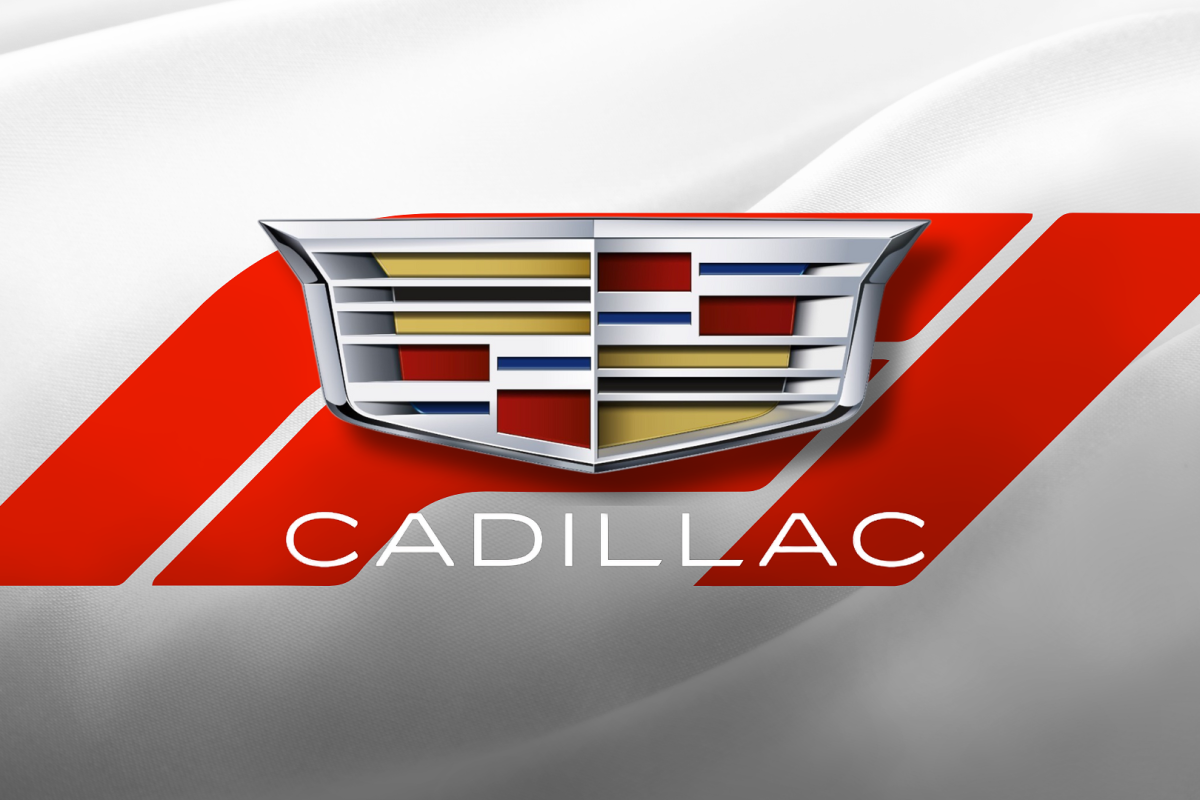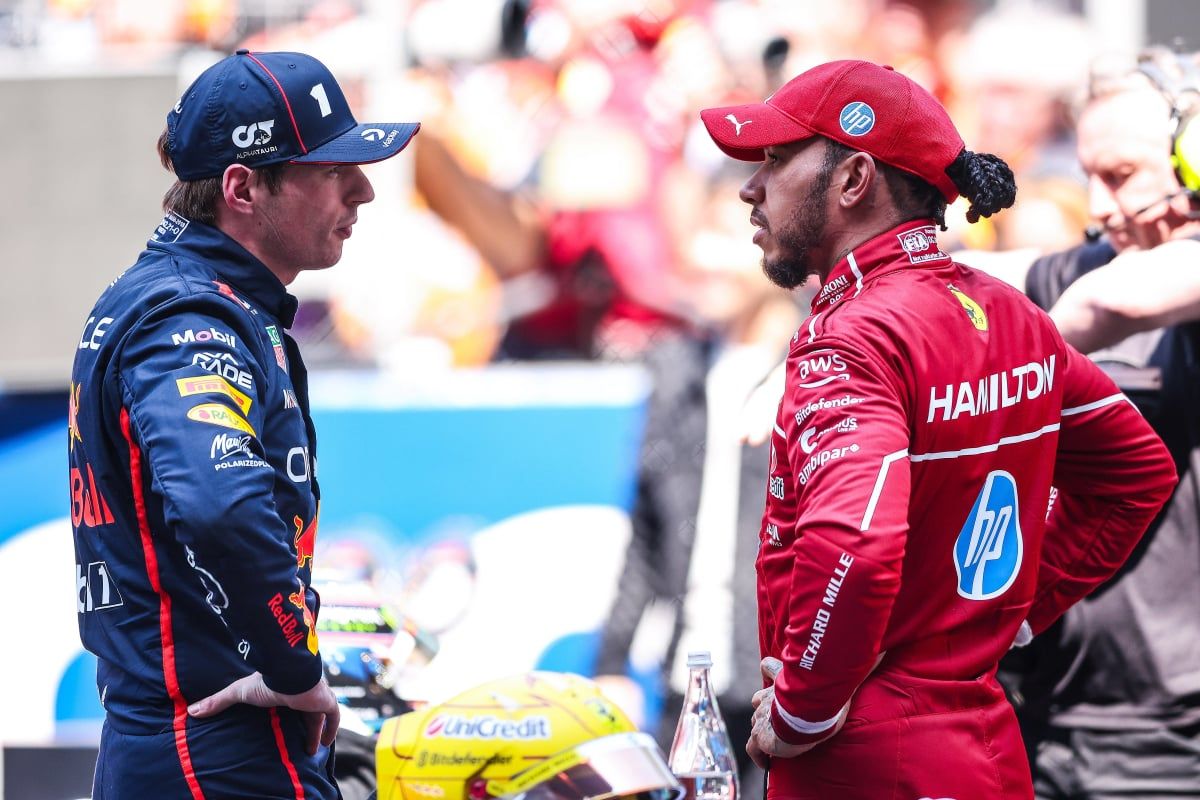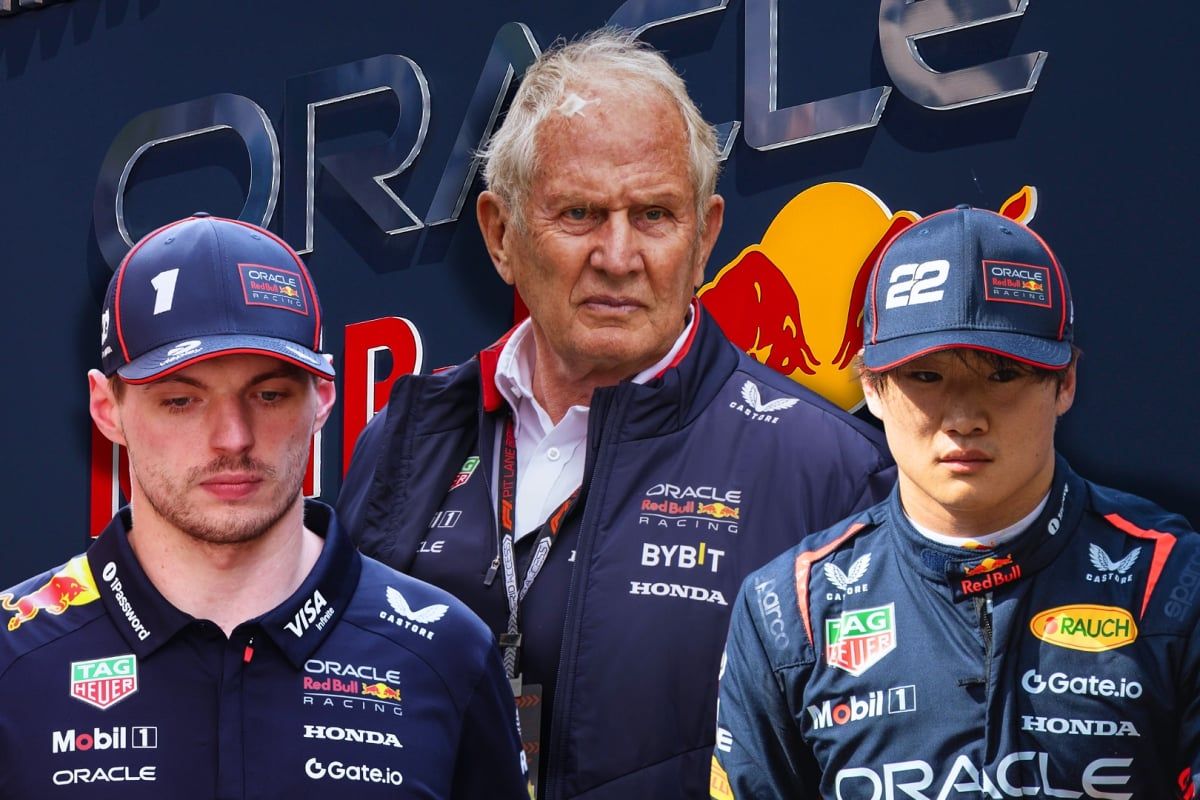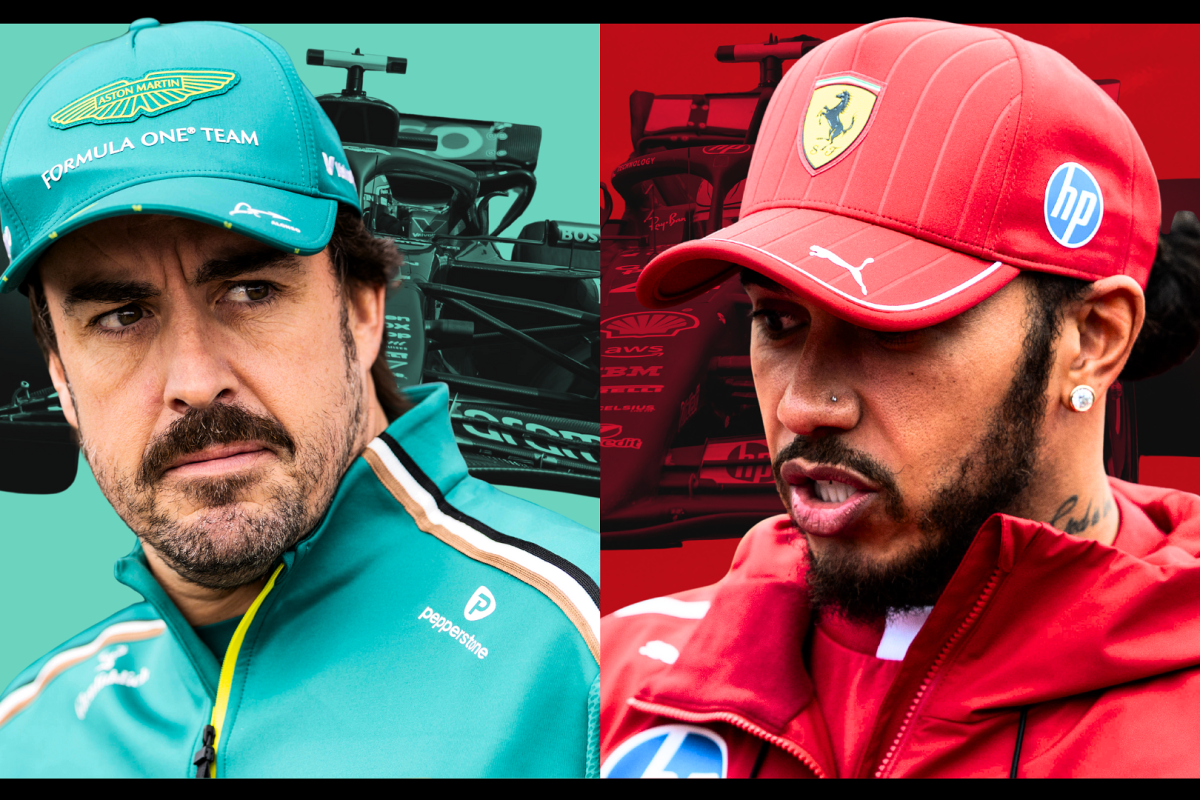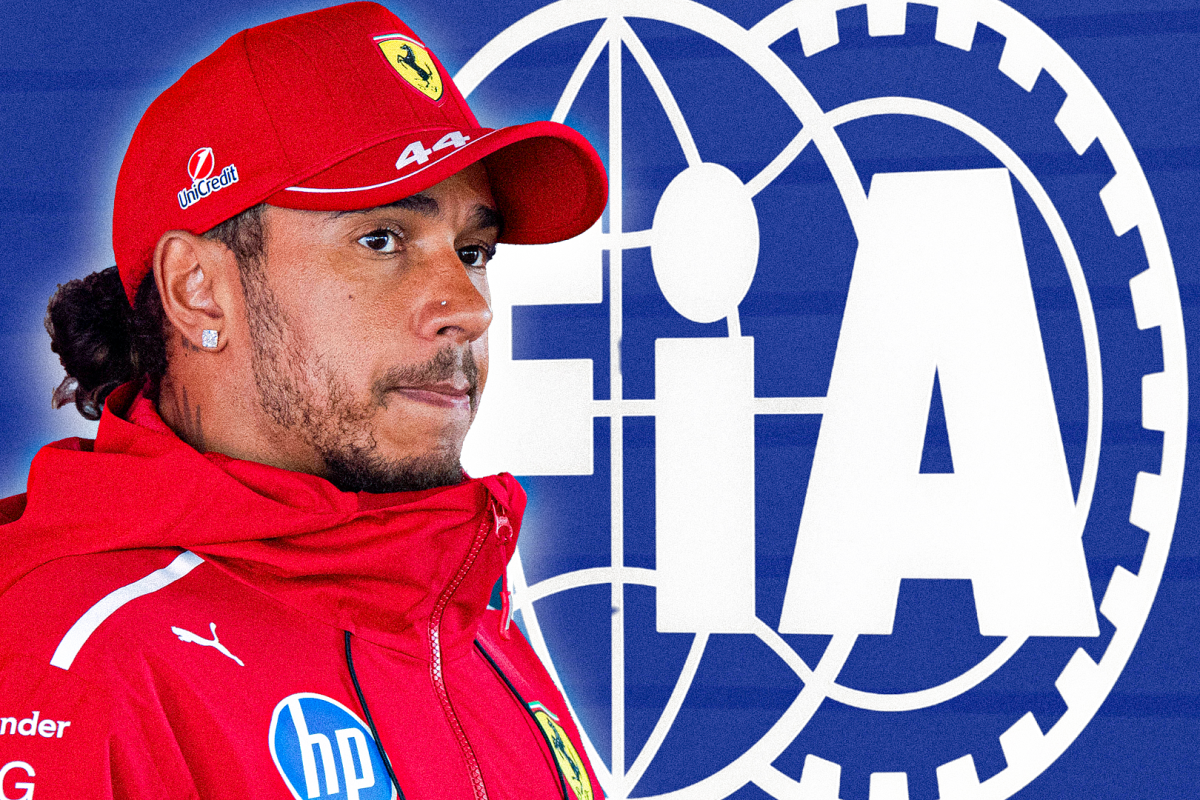Cadillac in ‘Race Against Time’ to Join F1…read more
Cadillac’s entry into Formula 1 is now official, but the journey to the 2026 grid is proving to be a colossal challenge. Team Principal Graeme Lowdon has described the situation as a “race against time,” highlighting the enormous workload that still lies ahead before their debut at the 2026 Australian Grand Prix. The announcement of their acceptance as Formula 1’s 11th team only came in March 2025, giving them less than a year to prepare before testing and just over a year until lights out in Melbourne.
The American automaker is working under intense pressure, assembling a global infrastructure for its F1 operation. The project will be spread across multiple locations in both the United States and the United Kingdom. In the U.S., Cadillac’s F1 activities will span Indiana, North Carolina, and Michigan. The North Carolina base will house the engine department, while the Silverstone facility in the UK—based in the heart of “Motorsport Valley”—will act as a vital hub for car design and development.
The challenge of managing such a complex logistical setup is not entirely new in F1. Other teams, such as Sauber (soon to be Audi), also operate across multiple countries, including Switzerland and Germany, with ambitions for a UK presence. However, Cadillac’s timing issue is particularly acute, given how late their entry was confirmed. The team is still actively recruiting for key technical roles, including senior aerodynamics engineers, which are essential for the car’s performance development.
Lowdon laid out the enormity of the task during an interview at the Miami Grand Prix, emphasizing the urgency at every level of the operation. “We are literally in a race against time,” he said. “We’ve got clocks on all our walls at the factory at Silverstone counting down to FP1 in Australia in 2026—and that date is not going to change.”
The team principal detailed the sequence of steps required to make their 2026 debut possible. “We’ve got to build these cars. And before we build them, we’ve got to manufacture parts. Before that, we have to design the parts. And before that, we have to hire the people to design them. Even before that, we must set up the infrastructure to enable us to hire those people.” It’s a tight chain of dependencies, and any delays at one step could jeopardize the whole project.
Lowdon also acknowledged the difficulty of planning such an operation last year without any confirmation of grid entry. “Trying to balance all that last year when we had no certainty of entry was the trickiest time. Now we have certainty of entry, but we have a very small window in which to get it done,” he noted.
As for the team’s driver lineup, speculation is building. Cadillac’s high-profile launch event during the Miami Grand Prix reignited discussions about who might fill the two available seats. Sergio Perez is reportedly a strong candidate, especially with his Red Bull future uncertain. Meanwhile, Mick Schumacher has also been in talks, aiming for a comeback after being sidelined from a full-time F1 seat.
Cadillac will initially rely on a technical partnership with Ferrari for their engines and gearboxes. This agreement will see Ferrari power units in Cadillac’s cars for the 2026 season, while General Motors, Cadillac’s parent company, develops its own power units targeting an F1 debut by 2029. This strategic move allows Cadillac to enter the sport quickly while laying the groundwork for a more independent future in F1.
While the road ahead is steep, Cadillac’s commitment and resources suggest they’re determined to meet the deadline. Whether they can assemble a competitive package in time remains to be seen, but the countdown to Melbourne 2026 has already begun.
